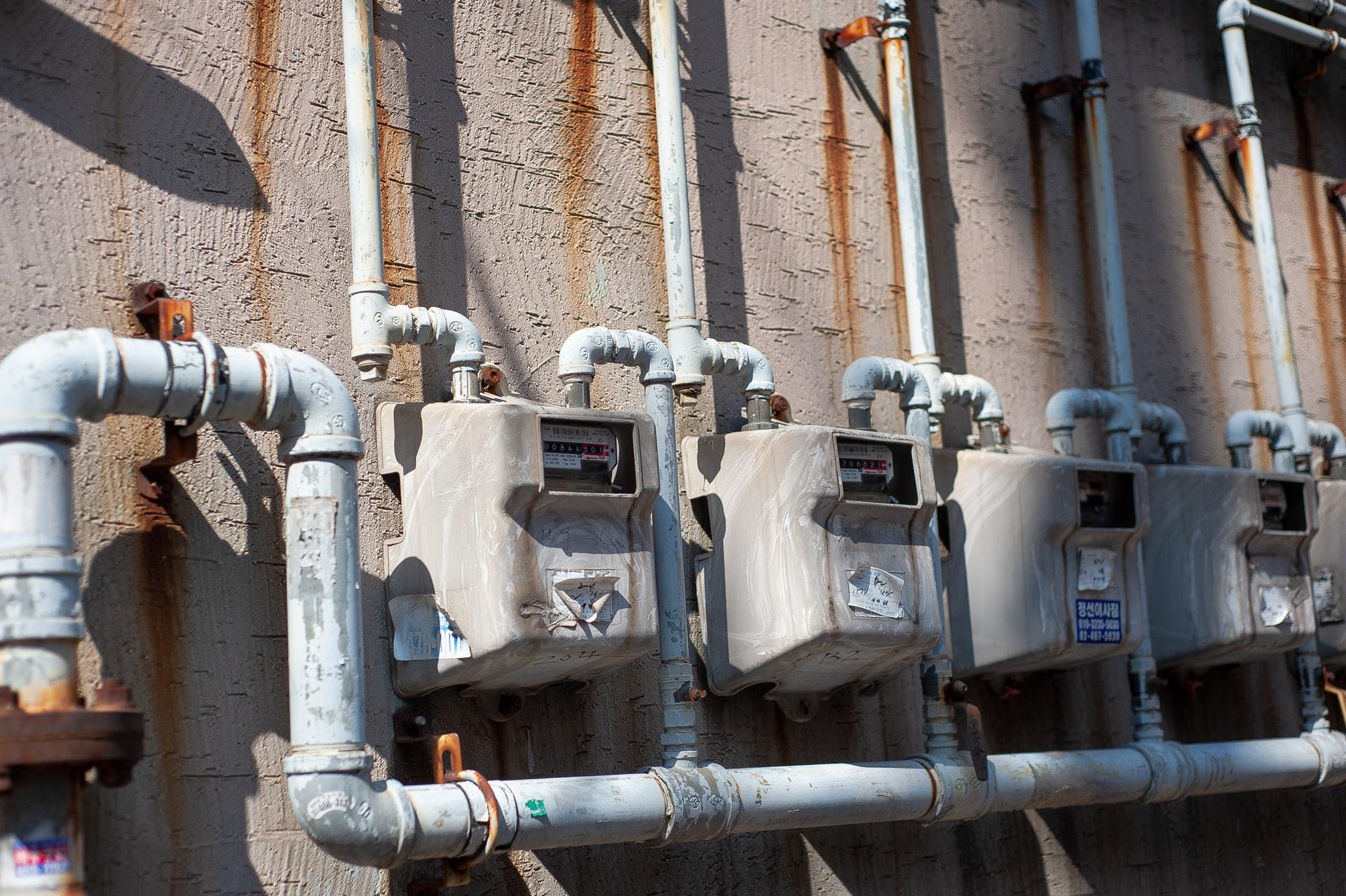If you have a home in the Northern US, your sump pump is going to be your best friend during the winter. This device sucks water out of a basement and sends it back outside so that it can’t freeze solid and cause structural damage.
The process is simple. The pump turns on when it senses that there’s too much water in the basement, and sucks up all of it through a pipe, then pushes it out through another one.
To further enhance drainage efficiency, many homeowners choose to install a sump pump yard drainage system. This system ensures that the discharged water is guided safely away from the house, preventing it from pooling in the yard or seeping back toward the foundation.
By directing water through strategically placed underground pipes, sump pump yard drainage systems can reduce the risk of ice buildup, soil erosion, and water damage. This added layer of protection is particularly beneficial in regions that experience heavy snow and rain, offering peace of mind during the harsh winter season.
However, sump pumps don’t last forever. They are usually good for about 8 to 10 years before they should be replaced entirely. If you get too much water in your basement, there are some signs to look for. This article covers when it is necessary to replace the pumps and how to get it done.
1. What is a Sump Pump, and How Does it Work?
A sump pump is a device that uses an electric motor to remove water from the bottom of a pit. It’s called a “sump” because it’s usually found in the lowest corner of your basement, meaning that anything that goes into it has to be sucked out again.
There are three parts to this machine: The head, which has three main pieces: the switch, float, and impeller. The pump has a separate chamber for each part of the head. The power cord is usually made with two to four wires inside it and comes from an outlet on your home’s circuit breaker box.
2. Signs That Your Sump Pump Needs To Be Replaced
Even though the pumps can go a long while before they’re changed, they still need to be changed at some point. There are a couple of things that can happen to let you know it’s time to replace sump pump. If your old one fails, or if you just want more power, here are the signs of this:
- Your pump is making more noise than usual.
- It takes more than 3 seconds for it to prime and starts sucking water.
- Your pump is not turning on and off as it usually does.
- It smells like something is burning.
- The motor has visible damage, such as a crack in the frame or a melted wire.
As soon as you notice any of the above signs, it needs replacement. If you can’t tell if there’s visible damage, have your local plumber check out what is going on.
3. How To Install a New Sump Pump In Your Home
If it’s clear that you need to replace your current sump pump, it’s time to get a new one. Here are the steps you will take:
Turn off the switch that powers up your home, and then hit the “Off” button on your main circuit breaker box. Open up the lid of your pit and unscrew all of the wires that are connected to your old pump. Pull out all of the parts, and then clean the pit itself with a wire brush. Remove any rocks or gravel from inside it as well.

Lower down your new pump into the pit and attach everything back together again. Run a garden hose from an outdoor spigot so that you can test the pump to make sure it’s working. Put your new sump pump into the “On” position, and then turn on the circuit breaker for your home. You can decide to hire a plumber if you probably won’t have the time or want to save money.
Replacing a sump pump is no small task, but necessary if you want to stay safe and protect your property from damage that can result from water accumulation in basements. If you want to avoid having any unnecessary inconvenience, call a plumber and schedule an appointment for them to come over and perform the work.

